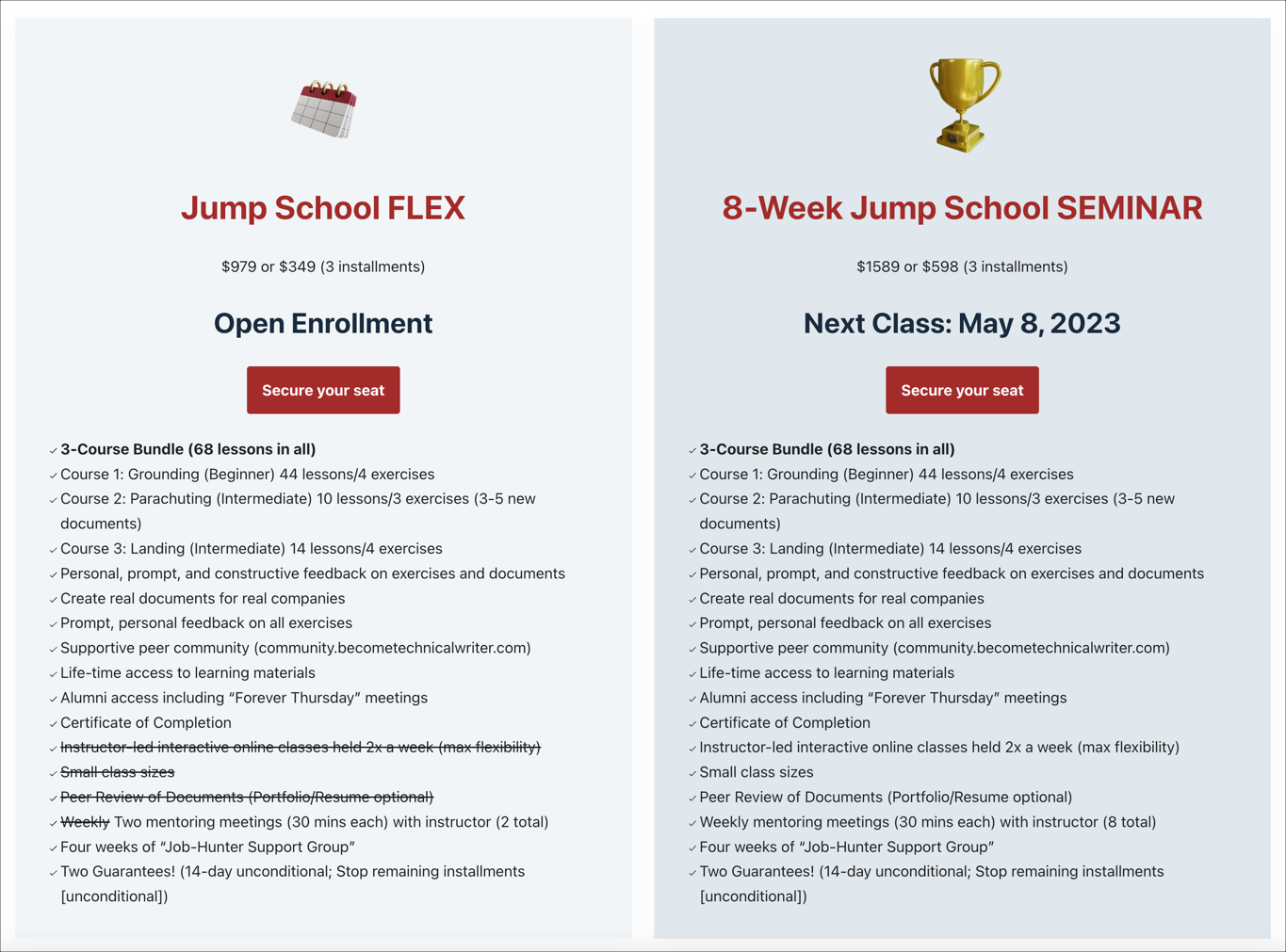Newsletter: Content creator ROI, Netlify, Madbot, and Hollywood
- What’s missing from the AI workflow: incentives for content creators to provide training data
- Netlify implements chatbot assistant by kapa.ai
- MadBot Plugin, by Improvementsoft
- Not your typical technical writing course (sponsor)
- Will a Chatbot Write the Next ‘Succession’? by Noam Scheiber and John Koblin
What’s missing from the AI workflow: incentives for content creators to provide training data
I’ve been as hyped about AI as others, but there’s one issue I can’t quite wrap my mind around: how do content creators benefit? The two-way street seems to be missing. In my mind, this could be the element that bursts the AI hype bubble and reduces this technology from “total disruptor” to “cool innovation.”
Here’s my general argument in this post:
- AI bots require training data to be effective. Content creators generate part of the source used for training data.
- Content creators require some form of ROI (e.g., recognition, attention, revenue) for the content they supply.
- AI bots will need to provide ROI to content creators to sustain a long-term content source in the future.
- Since backlinks to creator sites aren’t possible, content creators might create logins and paywalls for content access. In the best scenario, AI will force writers to raise their content to inimitable levels.
Netlify implements chatbot assistant by kapa.ai
Netlify implemented a chatbot assistant in their docs. To implement the chat, they used a tool call kapa.ai, which “learns from your docs, code, chat logs, and GitHub issues to generate a chatbot that answer[s] developer questions automatically.” To use Netlify’s chat, you have to authenticate. You can also explore the “Ask AI” button on kapa.ai’s site to get a sense of how the technology works.
These chat implementations point to a growing trend of micro-chats based on a constrained set of content. Will micro-chats with highly constrained and vetted information sources beat out the general chats that seem to integrate and synthesize the entire web?
MadBot Plugin, by Improvementsoft
Improvementsoft released a plugin for Flare called MadBot that uses the GPT APIs to help improve your language. “By using state-of-the-art natural language processing to analyze your content and suggest improvements, MadBot can help you create higher-quality documentation in less time…” A whitepaper explains more details about the plugin, including the intended use cases — the plugin will “convert meeting notes into usable content” and “improve existing writing” and lead to “increased efficiency”. A license for the plugin costs $129/month. A license for Flare itself is $182/month, so this means the plugin costs 70% the cost of the tool itself. Read more >
Not your typical technical writing course (sponsor)
Universities and other institutions teach by copying available material in existing courses and stuffing your head with information that may or may not apply to get started as a technical writer.
Jump School focuses on exercising knowledge – doing exercises, creating documents, and building a portfolio.
These courses are “lean” and not full of theoretical or abstract knowledge so most members who earn a certificate are actively working in the industry within a few months.
Note that the next 8-week Jump School seminar starts May 8, 2023. There’s also an open enrollment flex option.
Will a Chatbot Write the Next ‘Succession’? by Noam Scheiber and John Koblin
Hollywood creatives plan to incorporate AI-restrictions as they negotiate labor contracts. Writers are mostly worried about stylistic theft. They fear producers will train AI by feeding it the author’s style and then generate a copy following that style. This concern is fairly known. But they’re also concerned about another scenario: AI could create adaptations of literary material for other formats, such as a screenplay from a novel.
Matters of artistic style aren’t present in tech comm, but surely AI might be successful at adapting technical material from one format to another — such as creating eLearning modules or marketing from documentation. Traditionally, one argument for enterprise content re-use has been to repurpose source material in different deliverables: documentation, marketing material, white papers, training, e-learning, webinars, slides, and more. We might see a blurring of boundaries between these categories, as AI might be able to adapt source content into these other formats, following specific instructions about style. Read more >
About Tom Johnson

I'm an API technical writer based in the Seattle area. On this blog, I write about topics related to technical writing and communication — such as software documentation, API documentation, AI, information architecture, content strategy, writing processes, plain language, tech comm careers, and more. Check out my API documentation course if you're looking for more info about documenting APIs. Or see my posts on AI and AI course section for more on the latest in AI and tech comm.
If you're a technical writer and want to keep on top of the latest trends in the tech comm, be sure to subscribe to email updates below. You can also learn more about me or contact me. Finally, note that the opinions I express on my blog are my own points of view, not that of my employer.


